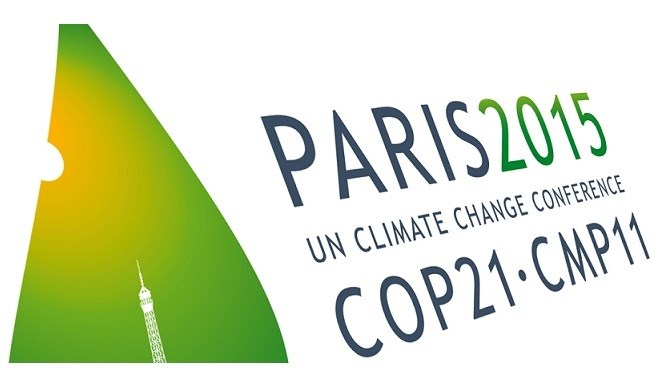You might not know it but the provincial government is slowly moving towards developing an action plan for dealing with climate change and it supposedly wants your input (see engage.gov.bc.ca/climateleadership).
This process started last May when the government announced a Climate Leadership Team to assist it. This team, comprising 18 members, includes elected officials and First Nation representatives as well as individuals with business, academic and environmental backgrounds.
The first public consultation occurred in the middle of last summer — timing that likely limited participation from the public. The recommendations from the Climate Team were quietly released in late November, just before the United Nations Climate Change Conference in Paris concluded with a new agreement to try to limit global warming to no more than 1.5 C.
In January, again with very little fanfare, a second round of public consultation was announced. Comments are due March 25 — for some reason, at high noon.
They can be submitted to [email protected].
Later this spring, a final plan will be released.
The government has produced a 30-page document to guide people through its Climate Team’s 32 recommendations. If that does not provide you with sufficient background, you can also read through the Climate Team’s 36-page report.
It’s most unfortunate this is all sounds like some dreary homework assignment because how we deal with climate change and limit our greenhouse gas (GHG) emissions has to be one of the most urgent challenges of our time.
And how, exactly, is B.C. doing when it comes to ramping down our GHG emissions? Not very well, as it turns out.
Back in 2007 when GHG reduction targets were first announced, we were supposed to reduce our emissions to 33% below 2007 levels by 2020 and 80% below that by 2050. Our current annual emissions are 62 million tonnes (Mt), down a mere 4 Mt from 66 Mt in 2007, a reduction of only 6% — so, we are going to miss our 2020 target by a mile. It will take decisive and significant actions to reach the 2050 target.. but it remains possible.
In 2008, then premier Gordon Campbell introduced an innovative carbon tax that, initially, was reasonably effective at decreasing GHG emissions. In fact, per capita consumption of fuel dropped 16% in B.C. while increasing 3% in the rest of Canada.
But Premier Christy Clark has frozen the carbon tax since 2011 rather than increasing it incrementally each year as originally planned. In addition, it only applies to about 70% of GHG gas emissions in B.C.
Nonetheless, there is little doubt a carbon tax can be effective in changing people’s habits and reducing emissions. Carbon taxes are being increasingly used in other jurisdictions around the world. Rather than being revenue-neutral, as our carbon tax is, it might make more sense to direct the funds generated into supporting transitions to renewable technologies or public transit. And it must be applied to all sources of GHG emissions, including fugitive methane emissions — no industry should get a break, as some do now in B.C.
In fact, I don’t think it’s necessary to read through a lot of reports to determine what we need to do to tackle global warming. It’s not exactly rocket science — and we can do it by applying existing technologies.
We do need to tax carbon. The carbon tax, currently frozen at $30 per tonne until 2018, should, instead, increase as originally planned and, this time, be applied to all GHG emissions.
The province should probably back off from its strident support for LNG exports and ensure all of the gas industry’s fugitive emissions of GHG cease.
In terms of electricity generation, it is now almost entirely GHG-free. But under the Clean Energy Act, BC Hydro was forbidden from developing new sources of electricity (with the exception of Site C). This foolish decision of the Campbell government, intended to help private electricity producers, might explain why we have almost no solar sources developed in B.C. In addition to restoring BC Hydro’s ability to generate electricity, we should also allow the BC Utilities Commission to review all such decisions to ensure we are abiding by our climate plan in the most effective manner possible.
Without a doubt, we also need to make some significant changes to building standards as well as ensuring more ambitious programs for retrofits.
It is unfortunate the provincial government is not using this public consultation to truly engage citizens and generate some enthusiasm for working together to reduce emissions and minimize the threats posed by global warming. Surely, this is the least we owe our children and our grandchildren.
--Elaine Golds is a Port Moody environmentalist who is conservation/education chair of the Burke Mountain Naturalists and member of the boards of the Colony Farm Park Association and the Port Moody Ecological Society.



